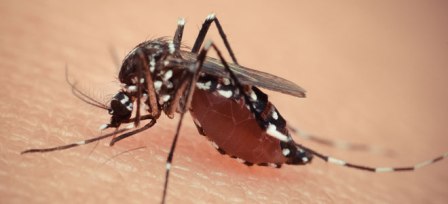Throughout human history, no infectious disease has killed more people than malaria.
Called the "mother of fevers" by the ancient Chinese, malaria has plagued humans since they evolved from apes and once affected most of the planet.
By the turn of the twentieth century, thanks to a combination of industrialization, urbanization and agricultural development in the temperate world, the disease had been reduced to impoverished tropics.
To date, despite the $ 2 billion-a-year global campaign, mosquito-borne disease still affects an estimated 300 million people each year in those parts of the world and causes more than half a million deaths, most of them among children and pregnant women. The history of malaria is inextricably linked to the history of poverty. Poverty conditions increase the risk of malaria infection. Disease slows GDP growth in affected societies by 1.3% each year.
The real challenge is to reduce the number of malaria cases to zero and keep them there long enough to kill any hidden parasites that go unnoticed in one's liver (as malaria parasites usually do) or in a mosquito.
But the period of effectiveness of insecticides is directly related to how widely it is used: the more drugs and chemicals thrown at the disease, the faster mosquitoes and parasites develop resistance.
The problem is not insurmountable: New drugs and insecticides, or combinations thereof, can be applied. But resisting management is time consuming and costly and in order to work it must be done in a thoughtful and coordinated way. Otherwise, it may prove futile.
Source: iatronet
 English
English  Ελληνικά
Ελληνικά 
